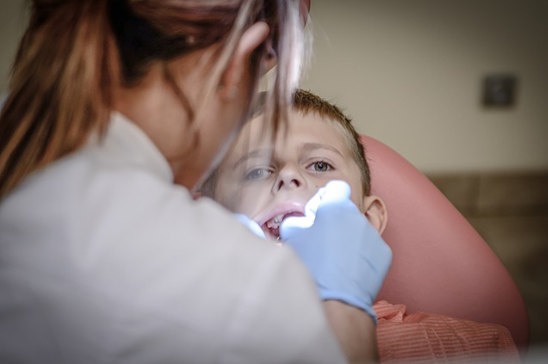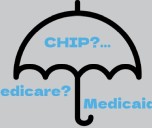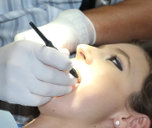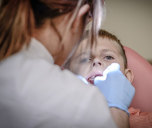
Every kind of malocclusion in a child can have very serious consequences. This is why we should begin the treatment right after we notice first symptoms of any type of bad bite.
What causes malocclusion?
Majority of malocclusions - over 80 percent! – is acquired. For this reason, parents should prevent malocclusion in their children from a very early age. Parents should choose foods that enable proper development of the mastication organ as well as pay attention to the oral hygiene.
According to the dentists, parents often make the following mistakes:
- giving the children mashed and liquid foods for too long time
- allowing the children to eat a lot of sweets, what causes caries
- too long bottle feeding
- bacterial or viral infection during pregnancy
Types of malocclusion in children
Overbite, a case when the lower jaw is far behind the upper jaw, is the most common type of malocclusion in children.
Other common types of malocclusion in children include:
- underbite (the upper jaw is behind the lower jaw)
- open bite (there is a gap between the upper and lower teeth)
- deep bite (the lower teeth are overlapped by the upper teeth)
- crossbite (one of the lower teeth has a more buccal position)
Why are the malocclusions dangerous?
Malocclusion can have a very serious consequences.
- Most common problems involve speech disorders and lisping.
- Sometimes malocclusion causes periodontal disease and caries. In the more serious cases, it may even end up with loose teeth or a temporomandibular joint dysfunction.
- A child may also suffer from chewing or even digestion disorder.
- Don't forget about the psychical consequences: an unattractive appearance caused by certain types of malocclusions can cause a psychical discomfort and significantly affect our life.
When to start the orthodontic treatment?
The treatment usually begins during the deciduous teeth replacement, when a child already has permanent incisor and first molar teeth. Braces are most common method of the treatment. Children, who still have deciduous teeth or mixed teeth (deciduous and permanent) are encouraged to wear the removable braces, which they should wear for about 12-14 hours a day during the period of about 2 years.
Article URL: https://www.dentist-pro.com/article,Malocclusion-in-children-is-it-dangerous.html



Add comment